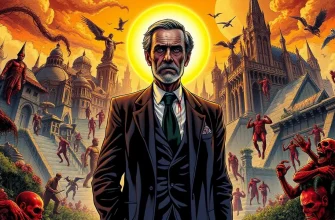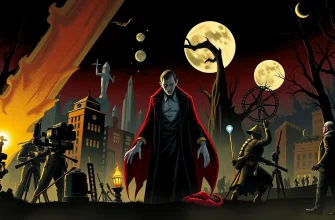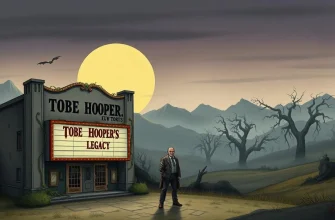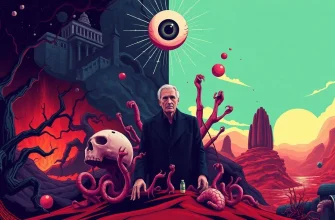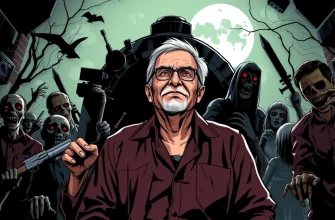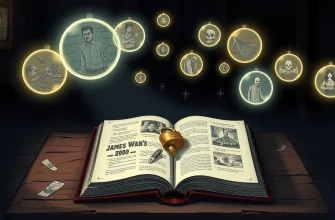Wes Craven is a legendary figure in the horror genre, known for his ability to blend psychological terror with visceral scares. This collection showcases ten of his most iconic films, each offering a unique glimpse into the mind of a master storyteller. From slasher classics to psychological thrillers, these films not only entertain but also push the boundaries of horror cinema, making them essential viewing for fans and newcomers alike.
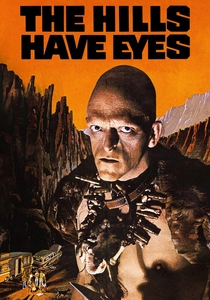
The Hills Have Eyes (1977)
Description: A family's road trip turns into a nightmare when they encounter a family of cannibals. This film solidified Craven's reputation for intense horror.
Fact: The film was inspired by the legend of Sawney Bean, a Scottish cannibal. It was remade in
 Watch Now
Watch Now
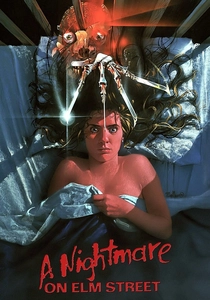
A Nightmare on Elm Street (1984)
Description: Introducing Freddy Krueger, this film redefined horror by making dreams deadly, blending psychological horror with supernatural elements.
Fact: Johnny Depp made his film debut in this movie. The idea came to Craven from a series of articles about unexplained deaths in sleep.
 Watch Now
Watch Now
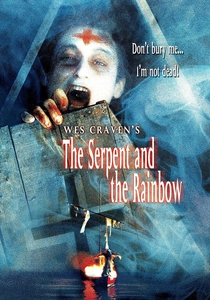
The Serpent and the Rainbow (1988)
Description: Based on true events, this film explores voodoo and the concept of the living dead, offering a different kind of horror experience.
Fact: The film was based on a book by anthropologist Wade Davis about his experiences with Haitian voodoo.
 Watch Now
Watch Now
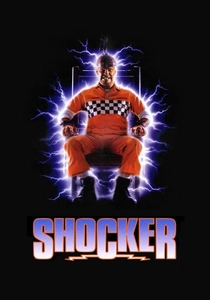
Shocker (1989)
Description: A horror film with a twist on the supernatural, featuring a serial killer who can possess people through television.
Fact: This was one of the first films to use the concept of media as a conduit for evil, predating similar themes in other media.
 Watch Now
Watch Now
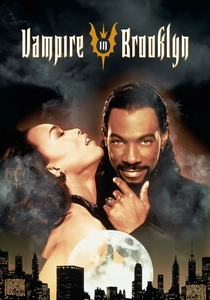
Vampire in Brooklyn (1995)
Description: A blend of horror and comedy, this film features Eddie Murphy as a vampire searching for his destined mate in Brooklyn.
Fact: This was Craven's first and only attempt at blending horror with comedy.
 Watch Now
Watch Now
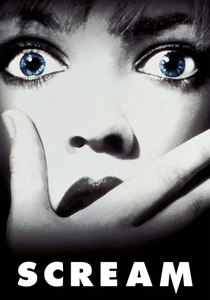
Scream (1996)
Description: Revitalizing the slasher genre, "Scream" uses meta-commentary on horror tropes, making it both a critique and a classic of the genre.
Fact: The film was originally titled "Scary Movie," which later inspired a parody franchise.
 Watch Now
Watch Now
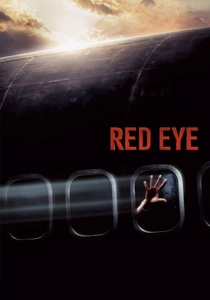
Red Eye (2005)
Description: A thriller rather than traditional horror, it showcases Craven's ability to create tension in confined spaces.
Fact: The film was shot in just 25 days, showcasing Craven's efficiency in directing.
 Watch Now
Watch Now
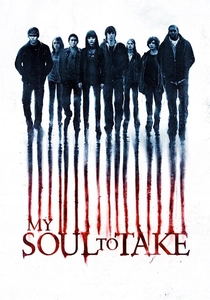
My Soul to Take (2010)
Description: A return to Craven's roots with a story about a serial killer who might be possessing young people in a small town.
Fact: This was Craven's last directorial effort before his death in
 Watch Now
Watch Now

The Last House on the Left (1972)
Description: This film marks Craven's directorial debut, showcasing his raw, gritty approach to horror with a story of revenge and brutality.
Fact: The film was initially banned in several countries due to its graphic content. It was remade in 2009 with a different ending.
 30 Days Free
30 Days Free

Wes Craven's New Nightmare (1994)
Description: A meta-horror where the cast and crew of the original "A Nightmare on Elm Street" are haunted by Freddy Krueger in real life.
Fact: This film blurs the line between fiction and reality, with Craven playing himself.
 30 Days Free
30 Days Free


